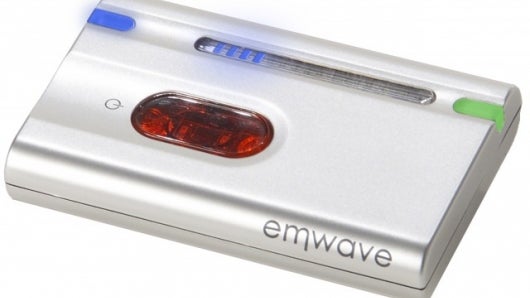Get In ‘The Zone’ By Listening To Your Heart?

Athletes have tried for years to get in “the zone” through mental training methods such as meditation and visualization. But recent studies show that it may be the heart—not the brain—that controls your body’s physiological responses.
Surprisingly, the rhythm of a healthy heart is irregular from beat to beat, and emotions can strongly influence those rhythms. Negative emotions, such as fear or stress, trigger a fight-or-flight response that produces irregular heartbeats—whereas positive emotions, like empathy, gratitude and love, create rhythmic heartbeats that slow heart rate, lower blood pressure and increase respiratory flow.
Studies of athletes in the zone have shown that they have smooth, even heart rhythms. HeartMath, a company in Northern California specializing in neurocardiology development, calls this metronome-like pattern “coherence.” Sara Gilman, a psychotherapist in Encinitas, Calif., likens it to a “strong Internet connection” where information flows unimpeded from the heart to the mind, and then throughout the body. By achieving coherence, an athlete can operate at high efficiency even when under stress.
HeartMath created a system called the Quick Coherence Technique to help athletes control heart rhythms during competition. Gilman has helped elite athletes using this method, and recommends practicing the method at bedtime, when waking up and before and after training for at least three weeks before a key race.
The Quick Coherence Technique
Heart Focus
Focus all of your attention on the heart muscle.
Heart Breath
Imagine you are breathing through your heart. Feel your chest rise and fall slowly for one minute.
Heart Feeling
Think of a positive experience you’ve had in racing or training and try to re-create those feelings with visualization.
HeartMath’s emWave product ($229, Heartmath.com) gives a visual measurement of coherence. For more information, contact Sara Gilman at Saragilman.com.